KOSMOS
The University of Bonn, with its two hundred years of history, may serve as an example of how collection and research objects have been incorporated into its own museums and collections, promoting the development of specialist disciplines. This has taken place in the spirit of Humboldt’s ideas, namely the notion of the cosmos as a networking science and the thesis that "the whole material world" (Alexander von Humboldt 1834) be reflected in the objects of the collections and museums.In this collaborative project between seven museums and collections of the University of Bonn – including the Egyptian Museum, the Academic Art Museum, the Ancient America and Ethnography Collection, the Goldfuß Museum (Palaeontology), the Mineralogical Museum, the Collection of Pre- and Early History and a Shellac Record collection1 – and the project partner Zoological Research Museum Alexander Koenig (Biodiversity Informatics), selected objects will be analyzed and virtualized as representations of this cosmos with the help of a database (WissKI). The project, funded by the Federal Ministry of Education and Research (BMBF) for three years, interweaves and re-interrogates the history of objects, knowledge and science. With a view to the future, a new understanding of knowledge is to be developed in a methodical and exemplary manner by granting more space to objects in research and teaching.
The objects will be integrated experimentally into university teaching during the project and their networking history will be presented in a final exhibition. The project will thus open perspectives which come close to Alexander von Humboldt's ideal of science networking and give the objects in the university's collections and museums a unique characteristic.
Project Management: Prof. Dr. Karoline Noack, Project Coordination: Dr. Daniel Grana-Behrens, Institute of Archaeology and Cultural Anthropology, Department for the Anthropology of the Americas.
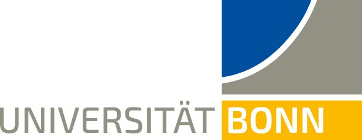
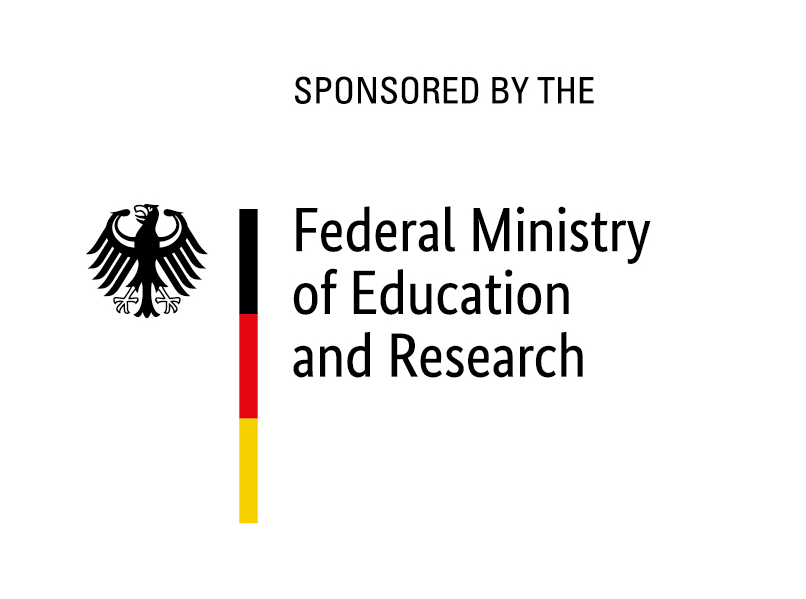



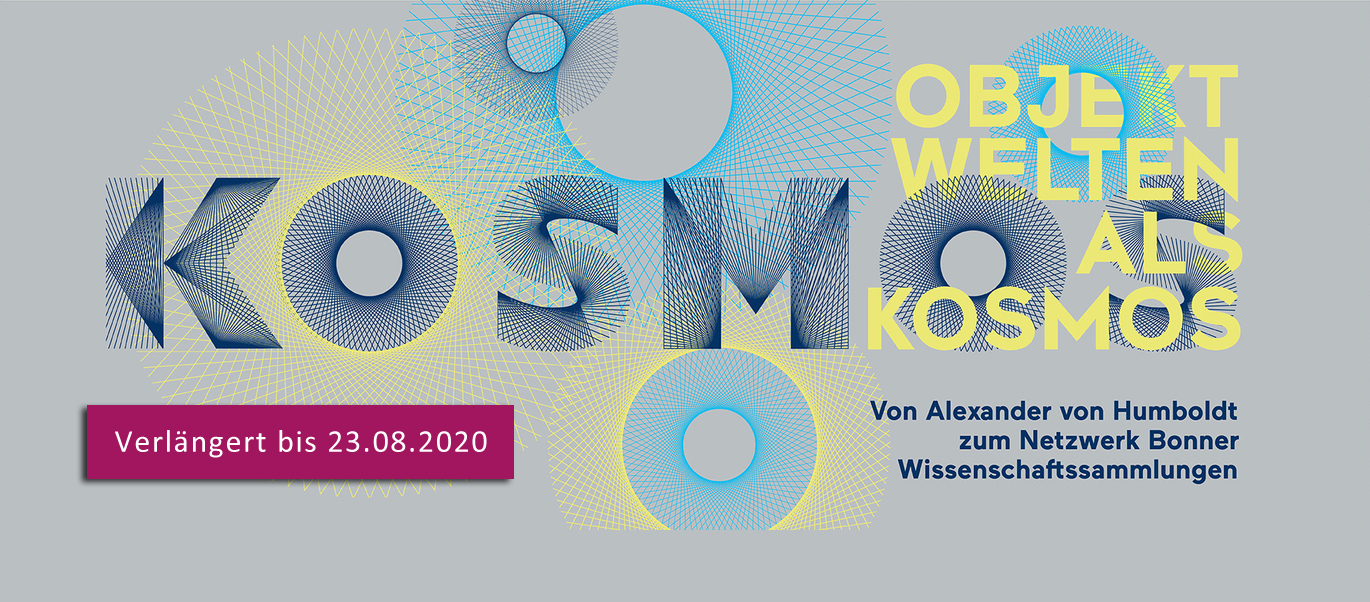






















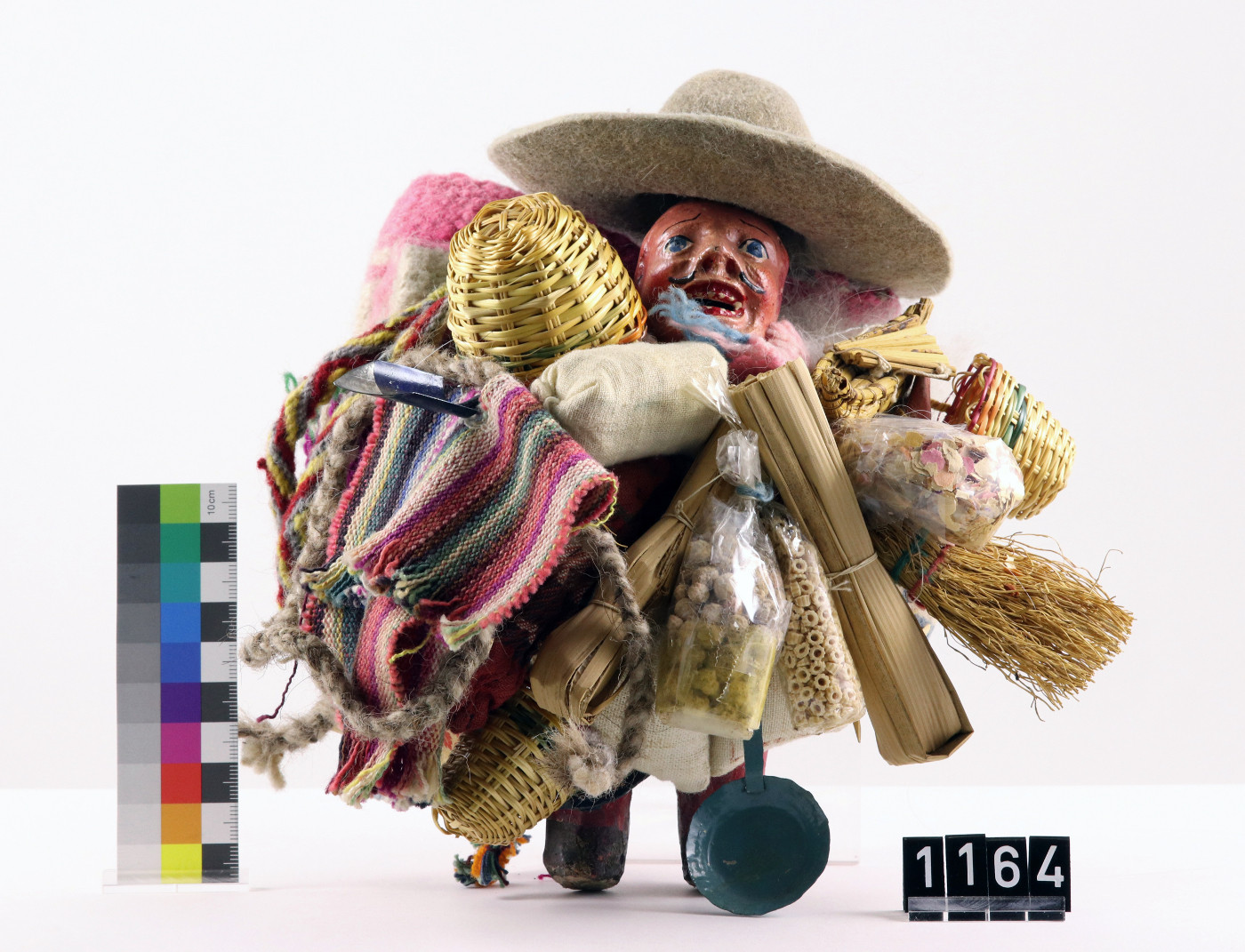
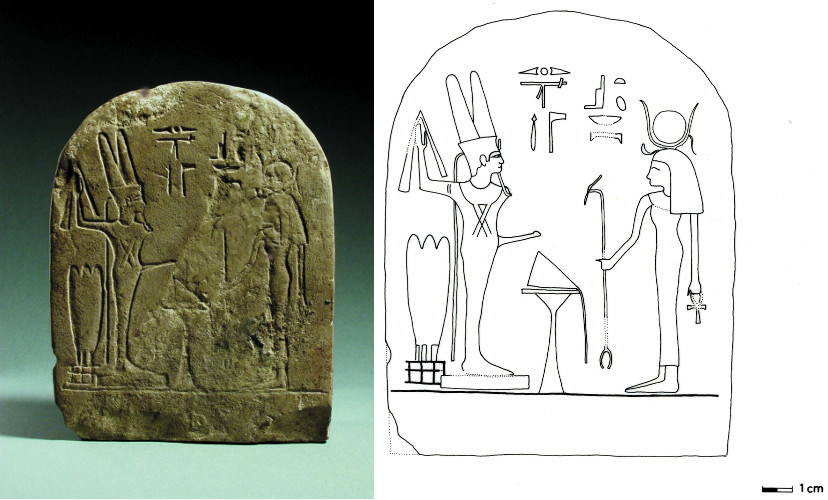






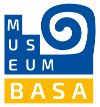






 The museum houses many famous exhibits ranging from the original Neanderthal Man and the gravestone of Marcus Caelius, who died in the Varus defeat, to a collection of contemporary art.
Founded in Bonn in 1820, it is now housed in a new contemporary building which opened in 2003. All epochs from the Old Stone Age and Roman Time through the Middle Ages to the modern times are represented in nine theme areas, completed by new media, audioguides and experience stations for children. Special exhibitions highlight diverse periods and topics of human history or display the works of wellknown artists and photographers.
The museum houses many famous exhibits ranging from the original Neanderthal Man and the gravestone of Marcus Caelius, who died in the Varus defeat, to a collection of contemporary art.
Founded in Bonn in 1820, it is now housed in a new contemporary building which opened in 2003. All epochs from the Old Stone Age and Roman Time through the Middle Ages to the modern times are represented in nine theme areas, completed by new media, audioguides and experience stations for children. Special exhibitions highlight diverse periods and topics of human history or display the works of wellknown artists and photographers.